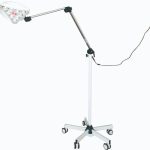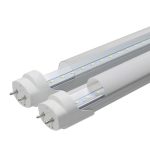Boost Your Productivity: Discovering the Best LED Light Color for Homework
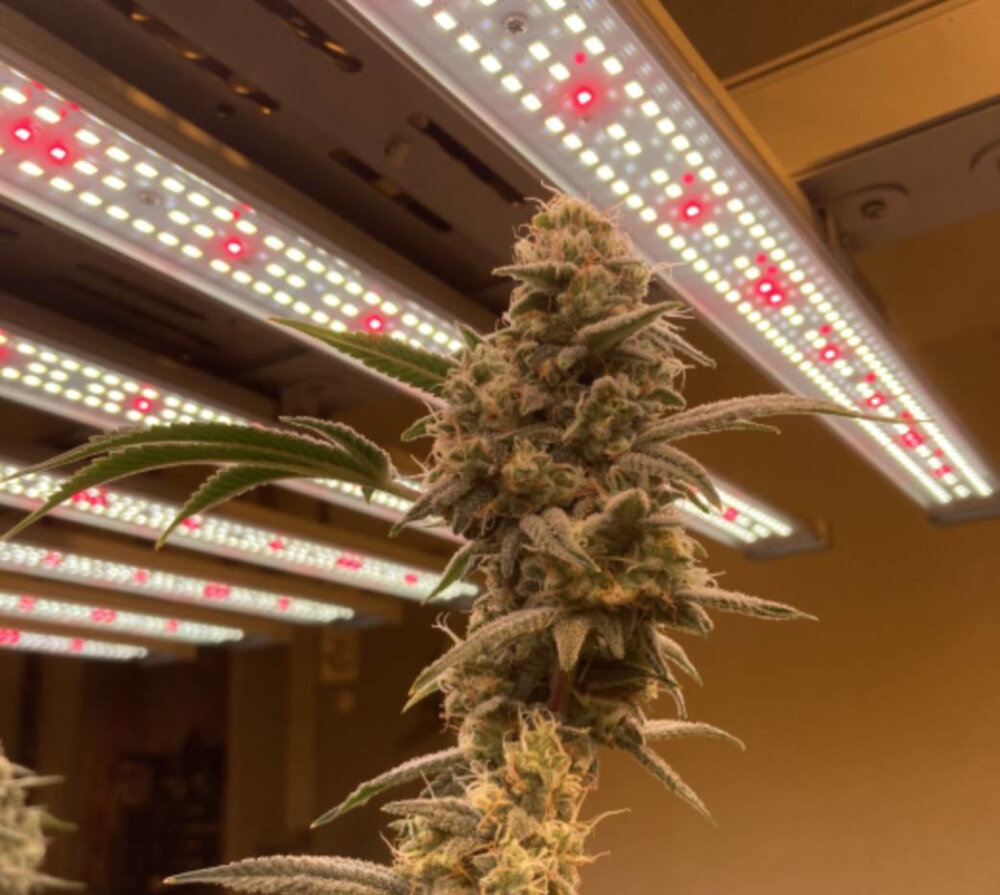
In today’s fast-paced world, productivity has become a critical aspect of our daily lives. We all want to get things done quickly and efficiently, whether it is completing work assignments or finishing homework. However, with so many distractions around us, it is challenging to maintain our focus and concentration. One factor that can significantly impact our productivity is the lighting in our workspace. The type of lighting we use can make a big difference in how well we can concentrate and perform tasks. In this article, we will explore the benefits of using LED lights for homework and discover the best LED light color that can boost your productivity. LED lights have become increasingly popular in recent years due to their energy efficiency and longevity. They emit less heat and consume less electricity than traditional lighting sources, making them an eco-friendly and cost-effective option. Moreover, LED lights come in various colors that can affect our mood, energy levels, and productivity. Studies have shown that specific LED light colors can improve our cognitive performance, enhance our mood, and increase our alertness. Therefore, choosing the right LED light color for your homework can make a significant difference in your productivity and overall well-being.
Lighting is an essential factor that has a significant impact on productivity during homework. Proper lighting can help to reduce eye strain and fatigue, which can lead to increased focus and concentration. The color temperature of the LED light can also affect productivity. Cooler temperatures, such as blue-white lights, can improve alertness and reduce feelings of drowsiness, making them ideal for studying during the day. Warmer temperatures, such as yellow-white lights, can create a relaxed atmosphere that is conducive to studying in the evening. By selecting the right LED light color for homework, students can optimize their productivity and achieve better academic outcomes.
Understanding the Impact of Light Color on Productivity
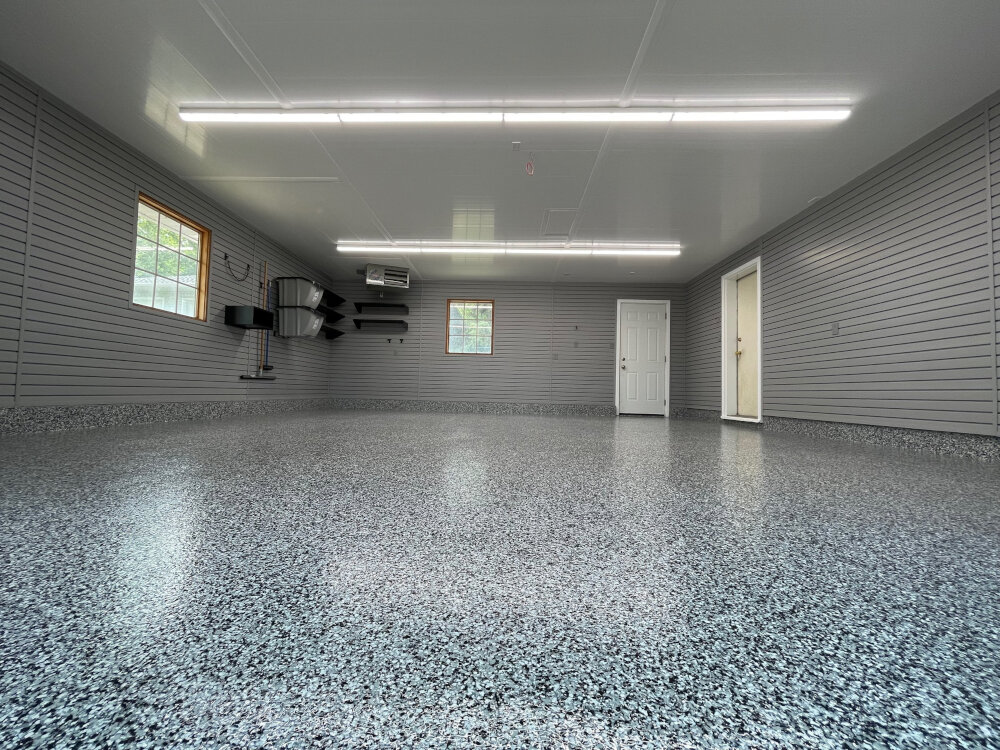
Light color can have a significant impact on productivity levels. Research has shown that exposure to certain colors of light can affect mood, energy levels, and cognitive performance. Understanding the impact of light color on productivity can help individuals optimize their work and study environments to achieve optimal performance. Warm colors such as yellow, orange, and red are often associated with feelings of warmth, comfort, and relaxation. These colors can be beneficial in the evening or during times of relaxation, but they may not be the best choice for work or study environments. Cooler colors such as blue and green are often associated with feelings of calmness, focus, and productivity. These colors can help individuals stay alert and focused during work or study sessions, making them a great choice for home offices, libraries, and other work environments. By choosing the right LED light color for your work or study environment, you can optimize your productivity and achieve your goals more efficiently.
There are several different light colors that can affect productivity in different ways. For example, blue light is known to increase alertness and enhance cognitive performance, making it a good choice for tasks that require concentration and focus, such as studying or doing homework. On the other hand, warm white light can create a more relaxing and calming environment, which can be helpful for tasks that require creativity or reflection, such as brainstorming or journaling. Additionally, different light colors can also affect our circadian rhythms and sleep patterns, which can have a significant impact on our overall health and wellbeing. By choosing the right LED light color for your specific needs, you can optimize your productivity and enhance your overall performance.
When it comes to homework, choosing the right light color can make a significant impact on productivity. The most effective light colors for homework are those that promote focus and concentration, such as cool white or daylight. These light colors mimic natural daylight, which has been shown to improve mood and alertness. On the other hand, warm white or soft white light can create a cozy and relaxing ambiance, which is not ideal for studying. Moreover, blue light has been shown to disrupt sleep patterns and should be avoided in the evening. By selecting the right LED light color for homework, students can boost their productivity and create an optimal study environment.
Benefits of LED Lights for Homework Productivity
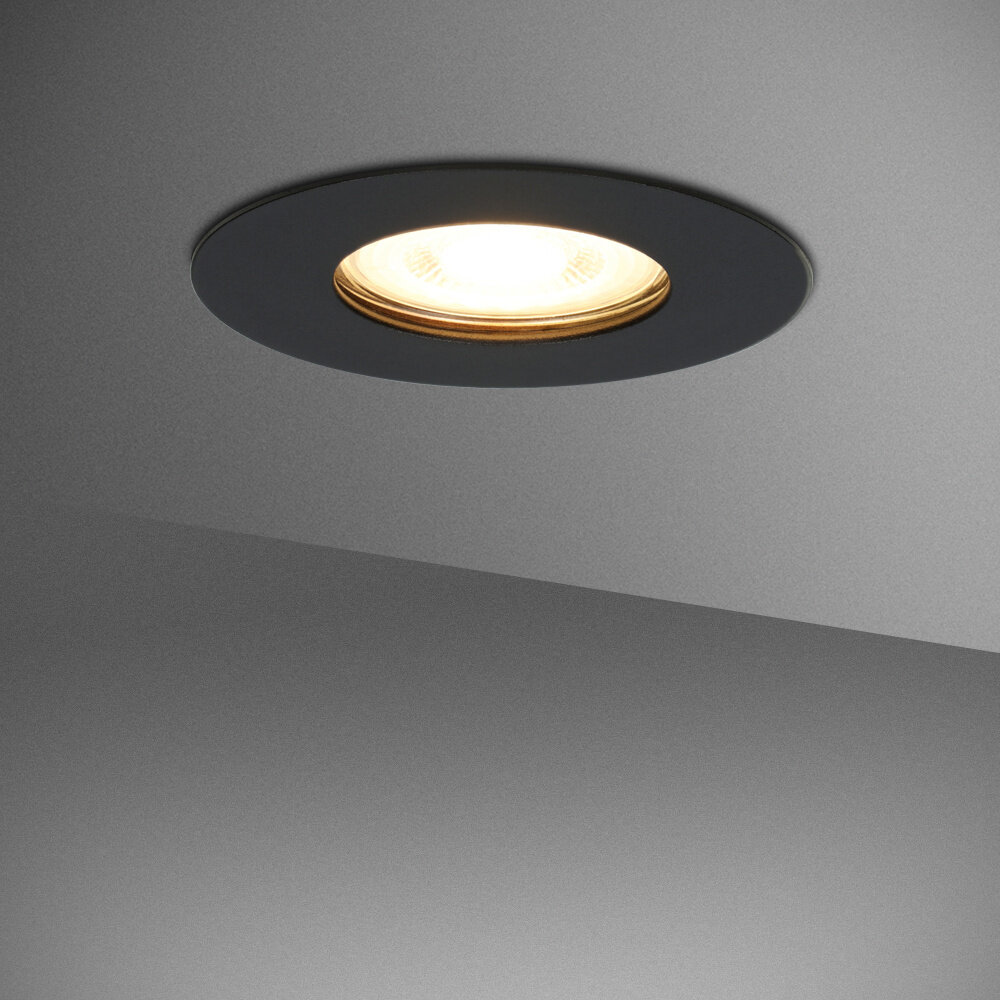
In today’s fast-paced world, every student wants to improve their productivity and complete their homework on time. However, most students struggle with procrastination and lack of focus. One of the best ways to enhance your productivity is by using LED lights. LED lights have become increasingly popular due to their energy efficiency and long lifespan. They are also available in different colors that offer unique benefits for homework productivity. The first benefit of LED lights for homework productivity is their ability to reduce eye strain. LED lights emit a cool white light that mimics natural daylight. This type of light is perfect for studying as it reduces eye strain and enhances visual clarity. With reduced eye strain, students can study for longer periods without feeling fatigued. Additionally, LED lights do not flicker like traditional fluorescent bulbs, which can cause eye strain and headaches. By using LED lights, students can improve their focus and concentration, leading to improved productivity and better grades.
LED lights have become increasingly popular due to their numerous benefits. First and foremost, they are energy-efficient and consume up to 90% less electricity than traditional incandescent bulbs, resulting in lower energy bills. They also have a longer lifespan and require less maintenance, making them a cost-effective option in the long run. Additionally, LED lights emit less heat and UV rays, making them safer to use and reducing the risk of fires. Moreover, they offer a wide range of color temperatures and hues, allowing for customization and versatility in lighting design. Overall, LED lights provide a reliable and sustainable lighting solution that can enhance productivity and well-being in various settings.
When it comes to selecting the right LED lights for homework, there are several options available in the market. One of the most popular types of LED lights used for homework is the daylight white LED light, which is known for its bright and cool light that mimics natural daylight. Another option is the warm white LED light, which emits a softer and more relaxing light, making it ideal for late-night study sessions. For those who prefer a more colorful and versatile lighting option, the RGB LED light is the perfect choice as it allows users to customize the color and brightness according to their preferences. Lastly, the dimmable LED light is a great option for those who value flexibility and control over their lighting environment, as it can be adjusted to provide the perfect lighting for any task at any time of the day.
How to Choose the Best LED Light Color for Your Homework
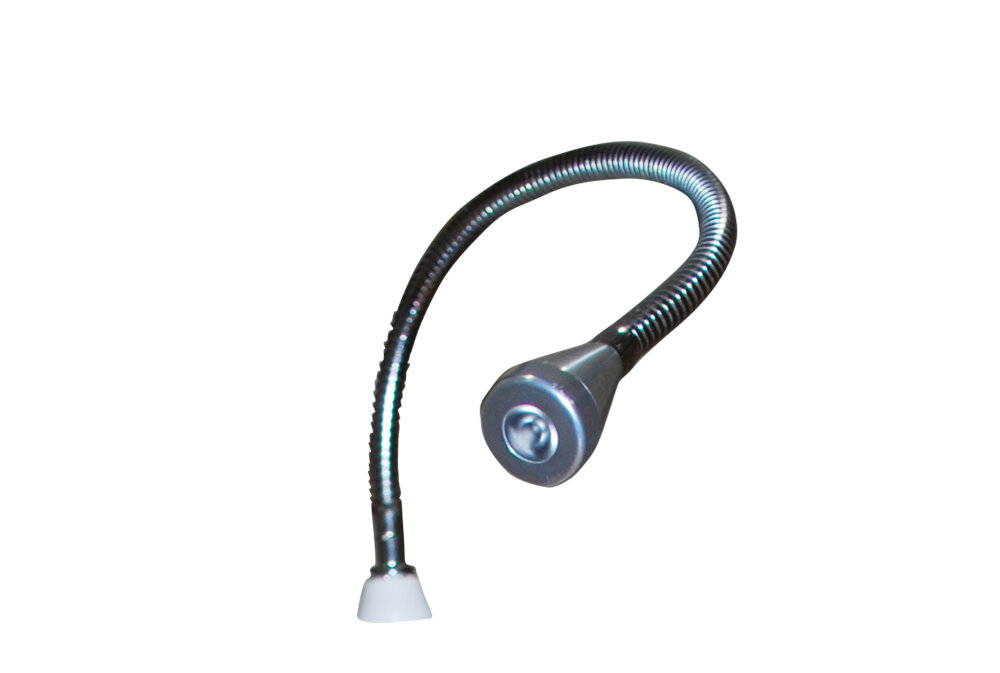
Choosing the right LED light color for your homework can make a significant difference in your productivity level. LED lights come in various colors, and each color has its own unique benefits. When selecting the best LED light color for your homework, it is essential to consider the type of task you are working on and the amount of light you need. For instance, if you are working on a task that requires a lot of concentration, you may want to opt for a cool white LED light. This light provides a high level of brightness, making it easier to read and focus on the task at hand. On the other hand, if you are working on a task that requires creativity, such as drawing or brainstorming, you may want to choose a warm white LED light. This light provides a softer, more relaxing ambiance, which can help stimulate your creativity and improve your mood. Additionally, if you are someone who works late into the night, you may want to consider using a neutral white LED light. This light mimics natural daylight, which can help reduce eye strain and improve your overall health. Ultimately, choosing the right LED light color for your homework can help you stay focused, productive, and comfortable throughout your study session.
When choosing the best LED light color for homework, there are several factors to consider. Firstly, the brightness level of the light should be appropriate for the task at hand, with dimmer lights being better for relaxing activities and brighter lights being more suitable for tasks that require focus and concentration. Secondly, the color temperature of the light is important, with cooler temperatures (5000-6500K) being better for activities that require alertness and warmer temperatures (2700-3000K) being better for relaxation. Additionally, the color rendering index (CRI) should be considered, with higher CRI lights providing better color accuracy and making it easier to distinguish between different colors. Finally, the placement and direction of the light source should be considered, as the angle and position of the light can impact its effectiveness in illuminating the workspace. By taking these factors into account, you can choose the best LED light color for homework that will help boost your productivity and enhance your overall experience.
When it comes to testing LED light colors, there are several methods that can be used to determine the optimal hue for productivity during homework or other tasks. One method involves using a color temperature meter to measure the color temperature of the LED light, which can help determine the Kelvin value that produces a desired color. Another method involves using a spectrophotometer to measure the amount of light emitted by the LED at different wavelengths, which can help determine the peak wavelength that produces the desired color. Additionally, some people prefer to simply compare different LED lights side by side to determine which one produces the most comfortable and productive light for their needs. Ultimately, the best method for testing LED light colors depends on personal preferences and the specific task at hand.
Tips for Maximizing Productivity with LED Lights
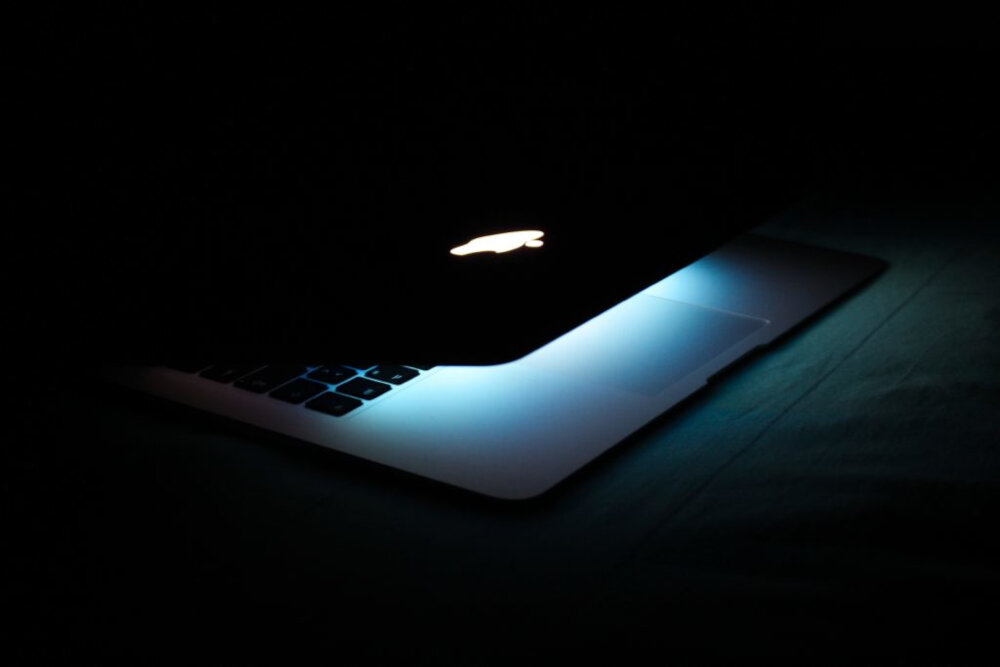
In today’s fast-paced world, everyone needs to be productive and efficient in their daily tasks. One effective way to improve productivity is by using LED lights. LED lights are energy-efficient and provide a range of benefits, including better concentration, reduced eye strain, and improved mood. To maximize productivity with LED lights, it is essential to choose the right color temperature. The color temperature of LED lights can have a significant impact on your productivity levels, so it is crucial to pick the right one for your needs. The best color temperature for productivity is between 5,000K and 7,000K. These colors mimic natural daylight and promote alertness, concentration, and focus. They are ideal for tasks that require high levels of attention, such as studying or working on a computer. On the other hand, warm white lights with a color temperature of around 2,700K are best for relaxation and unwinding. Using the right LED lights can help you stay motivated and focused throughout the day, making it easier to accomplish your tasks efficiently. So, if you’re looking to boost your productivity, consider switching to LED lights with the right color temperature for your needs.
Using LED lights effectively can significantly enhance your homework productivity. To begin with, it is important to select the right color of LED light. Studies suggest that blue light helps in improving focus and concentration. Therefore, it is recommended to use cool white LED lights for homework. Additionally, the brightness of the light should be adjusted to suit the task at hand. If you’re working on a computer, it’s important to adjust the brightness of the LED lights to match the screen’s illumination. It’s also a good idea to avoid using fluorescent or incandescent lights, as they can cause eye strain and headaches. Finally, it’s important to take breaks from time to time to give your eyes a rest and prevent fatigue. By following these tips, you can use LED lights effectively to boost your productivity and make homework less stressful.
When it comes to using LED lights during homework, there are several best practices to consider. First and foremost, it is important to choose the right color temperature for your needs. Studies have shown that cooler light temperatures, such as daylight (5000K-6500K), can help increase alertness and focus, making them ideal for homework sessions. Additionally, it is important to position the light properly and avoid glare or harsh shadows, which can cause eye strain and decrease productivity. Finally, it is recommended to take regular breaks and adjust the lighting as needed to prevent fatigue and maintain concentration. By following these best practices, you can optimize your homework environment and improve your overall productivity.
The article \Boost Your Productivity Discovering the Best LED Light Color for Homework\ explores the impact of LED light color on productivity during homework and study sessions. The author discusses how different light colors affect the brain and its ability to concentrate, citing research that shows that blue and white lights stimulate the brain and improve alertness and focus. The article also warns against using warm, yellow lights during study sessions, as they can cause drowsiness and decrease productivity. The author concludes by recommending the use of blue and white LED lights for optimal productivity during homework and study sessions.
If you’re looking for a simple way to improve your productivity during homework, look no further than LED lights. LED lights are energy-efficient, long-lasting, and come in a variety of colors that can have a significant impact on your ability to focus and concentrate. By using LED lights with a blue or cool white color temperature, you can stimulate your brain and increase your alertness, making it easier to stay on task and get your work done efficiently. So why not give it a try? Swap out your old bulbs for some new LED lights, and see how much of a difference it can make in your productivity and academic performance. You may be surprised at how much more you can accomplish with a little extra light on your side.
Conclusion
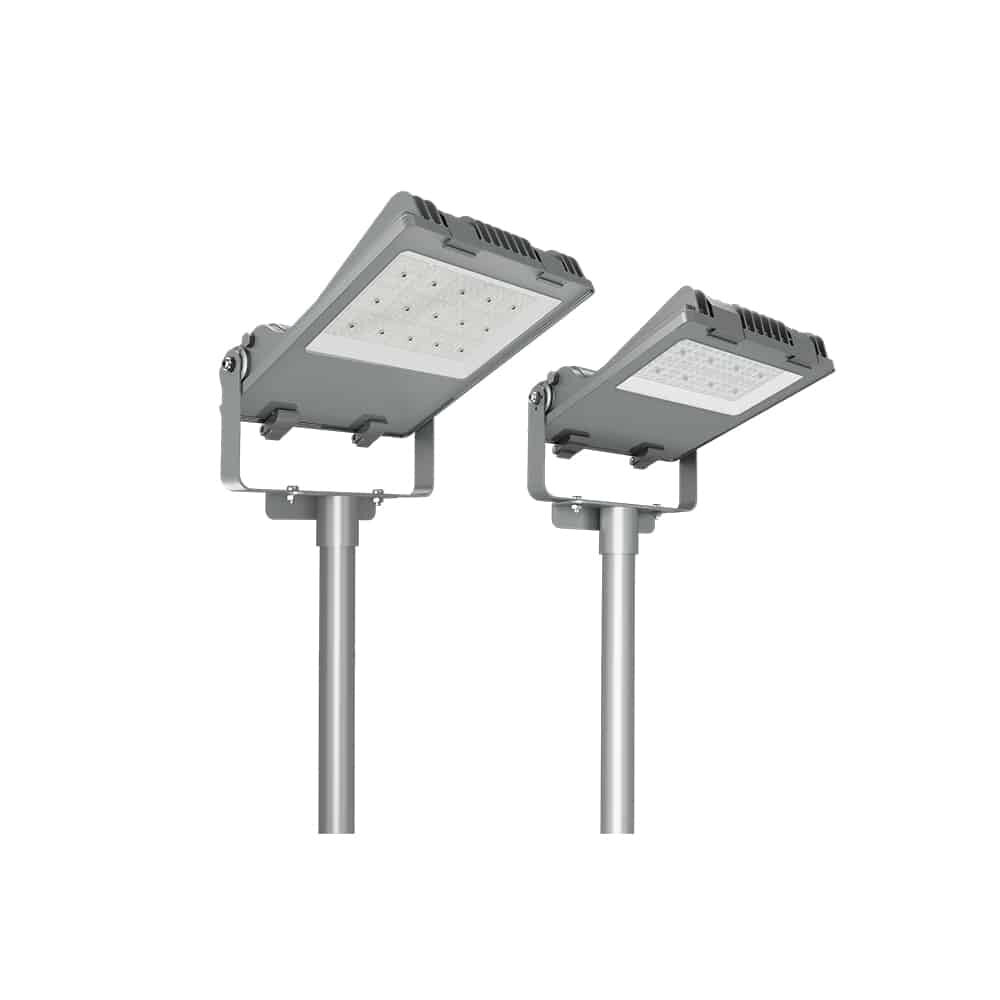
In conclusion, the color of LED light can have a significant impact on our productivity and focus while doing homework. By choosing the best LED light color that suits our individual needs, we can enhance our concentration and improve our overall academic performance. Whether it’s a warm white light to create a cozy atmosphere or a cool white light to simulate daylight, the right LED light color can make all the difference. So, invest in a good quality LED light that suits your preferences and enjoy the benefits of improved productivity and better grades.



